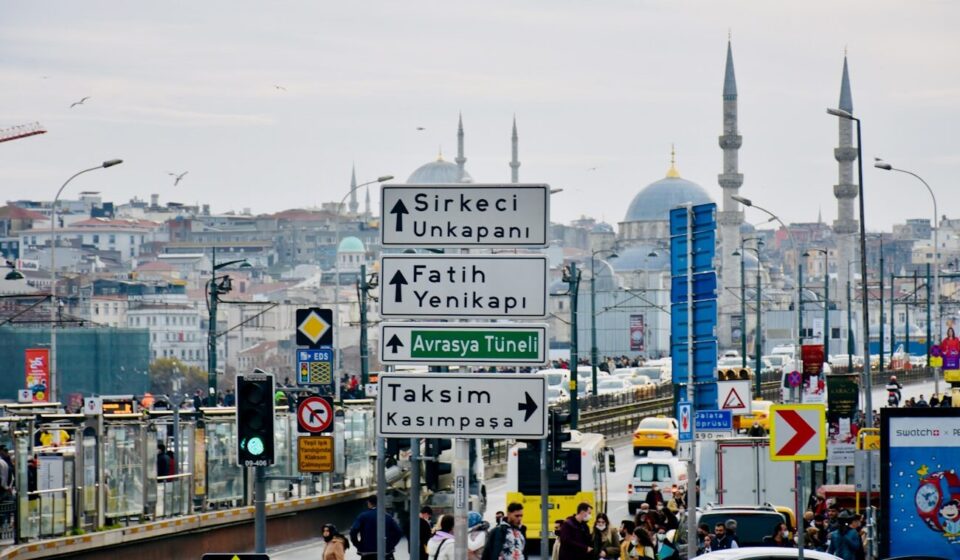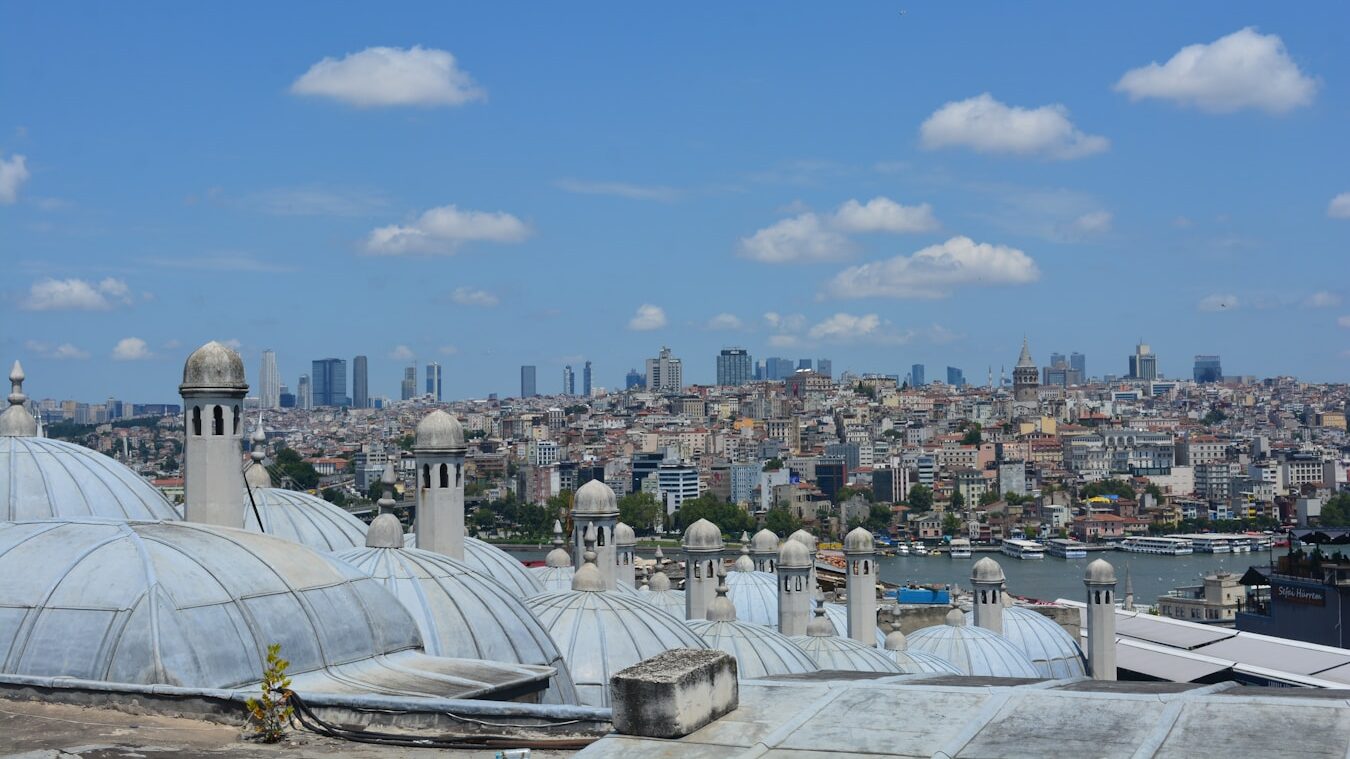
How Big Is Istanbul? Amazing City of 15 Million People & 5,461 km²
How big is Istanbul? With a sprawling area of over 5,461 square kilometers and a population exceeding 15 million, Istanbul offers a unique glimpse into its vastness and the complexities of its urban landscape. When reflecting on the enormity of Istanbul, its size underscores the city’s historical, economic, and cultural significance.
Table Of Content
How Big Is Istanbul: Geographical Scope
Istanbul, covering an impressive area of 5,461 square kilometers, is not just a city; it is a vibrant tapestry woven across two continents—Europe and Asia. This unique geographical position makes it an urban marvel, as it straddles the Bosphorus Strait, a pivotal maritime route that has historically facilitated trade and cultural exchange between east and west. The Bosphorus not only enhances Istanbul’s logistics but also contributes to its significant cultural diversity, providing a rich backdrop for its historical developments.
Urban layout reveals an intricate blend of modernity and history, with neighborhoods showcasing an array of architectural styles from Byzantine and Ottoman to contemporary constructions. The bustling bazaars, notably the Grand Bazaar, illustrate the city’s enduring legacy as a commercial hub. Streets brim with life, filled with the sounds of merchants, the aroma of street food and the vibrant colors of local crafts, presenting a unique cultural mosaic.
As a city marked by natural features, Istanbul is embraced by the shores of the Sea of Marmara and the Black Sea, creating not just breathtaking views but also a strategic advantage for navigation and commerce. The Golden Horn, an estuary that divides the European section of Istanbul, offers a natural harbor that has attracted traders, sailors, and explorers for centuries. The topography of the city, with its rolling hills, gives rise to numerous vantage points where iconic landmarks, such as the Hagia Sophia and the Topkapi Palace, stand as testaments to Istanbul’s illustrious past.
Istanbul’s geographic scope, intricately linked with its history, trade, and culture, underscores the city’s allure and significance, making it an everlasting subject of intrigue for residents and visitors alike.

Population and Cultural Diversity
Istanbul, a city that embodies a remarkable cultural tapestry, is home to an estimated population exceeding 15 million. This vibrant metropolis serves as an epicenter for diverse This population distribution highlights how big is IstEanbul across its two continents.ethnic backgrounds, languages, and traditions, which contribute to its dynamic identity. Approximately 64.9% of Istanbul’s residents reside on the European side, while 35.1% inhabit the Asian side, creating a unique demographic balance that echoes its geographical dichotomy.
Since the 1950s, Istanbul has experienced significant migration trends, primarily driven by individuals seeking better economic opportunities, educational prospects, and a bustling urban lifestyle. This influx has fostered an environment where various ethnic groups coexist, including Turks, Kurds, Arabs, Armenians, Greeks, and many others, each adding their distinct flavors to the city’s cultural landscape. The migration patterns have not only enriched Istanbul’s social fabric but have also resulted in neighborhoods that celebrate the legacies of their inhabitants, such as Balat and Taksim, where traditional houses are interspersed with modern cafés and art galleries.
Economic opportunities continue to attract people from across Turkey and beyond, leading to a constant reshaping of the city’s demographic profile. This melting pot can be seen in the vibrant marketplaces, the diverse culinary offerings, and the various cultural festivals celebrated throughout the year, reflecting the myriad influences that define Turkish society.
As a result, Istanbul stands as a beacon of cultural diversity, where centuries-old traditions meet modernity. The complexity of its population not only illustrates the city’s historical significance but also underscores the challenges and potential that come with a rapidly evolving urban environment. The blending of these cultures creates a vibrant atmosphere that continually transforms, making Istanbul a vital player in the global landscape. These cultural dimensions further illustrate how big is Istanbul beyond its physical boundaries.
Urban Growth and Future Potential
Istanbul’s transformation over the past few decades is nothing short of remarkable, characterized by an extraordinary urban growth spurt. Between 1950 and 2000, the city’s population surged tenfold, rising from approximately 1.3 million to over 10 million inhabitants. This rapid urbanization reflects Turkey’s broader socio-economic trends, as countless individuals migrated to the city in search of better opportunities amidst industrialization and modernization. However, this population boom has triggered substantial challenges and necessitated significant adaptations in urban planning and infrastructure. Such demographic shifts showcase how big is Istanbul in terms of, in population and influence.
As the metropolitan region sprawls outward, the implications for housing are profound. The demand for residential spaces has outstripped supply, leading to a proliferation of informal settlements, also known as gecekondus, which often lack the essential services that formal neighborhoods enjoy. Consequently, the need for robust housing policies is critical in order to develop adequate, affordable, and inclusive living spaces for the increasing populace.
Moreover, the rapid increase in residents has stressed the existing infrastructure. Transportation systems, in particular, are strained, with congested roadways and an overburdened public transit network that struggles to meet the demands of millions. Recognizing these hurdles, city planners and policymakers are exploring novel solutions, such as expanding public transportation options with new metro lines and improving connectivity between the Asian and European sides of the city.
Conclusions
Istanbul’s considerable size and growing population reflect its status as a global hub and cultural melting pot. With its geographical expanse straddling two continents and a rich history, the city’s timeline signifies continuous growth and transformation, making it a fascinating study for urban exploration and demographic research. Understanding how big is Istanbul helps appreciate the city’s scale and the challenges and opportunities that come with its growth.
When considering how big is Istanbul, it’s remarkable to observe the interplay between its physical size, historical depth and socio‑economic vibrancy.

